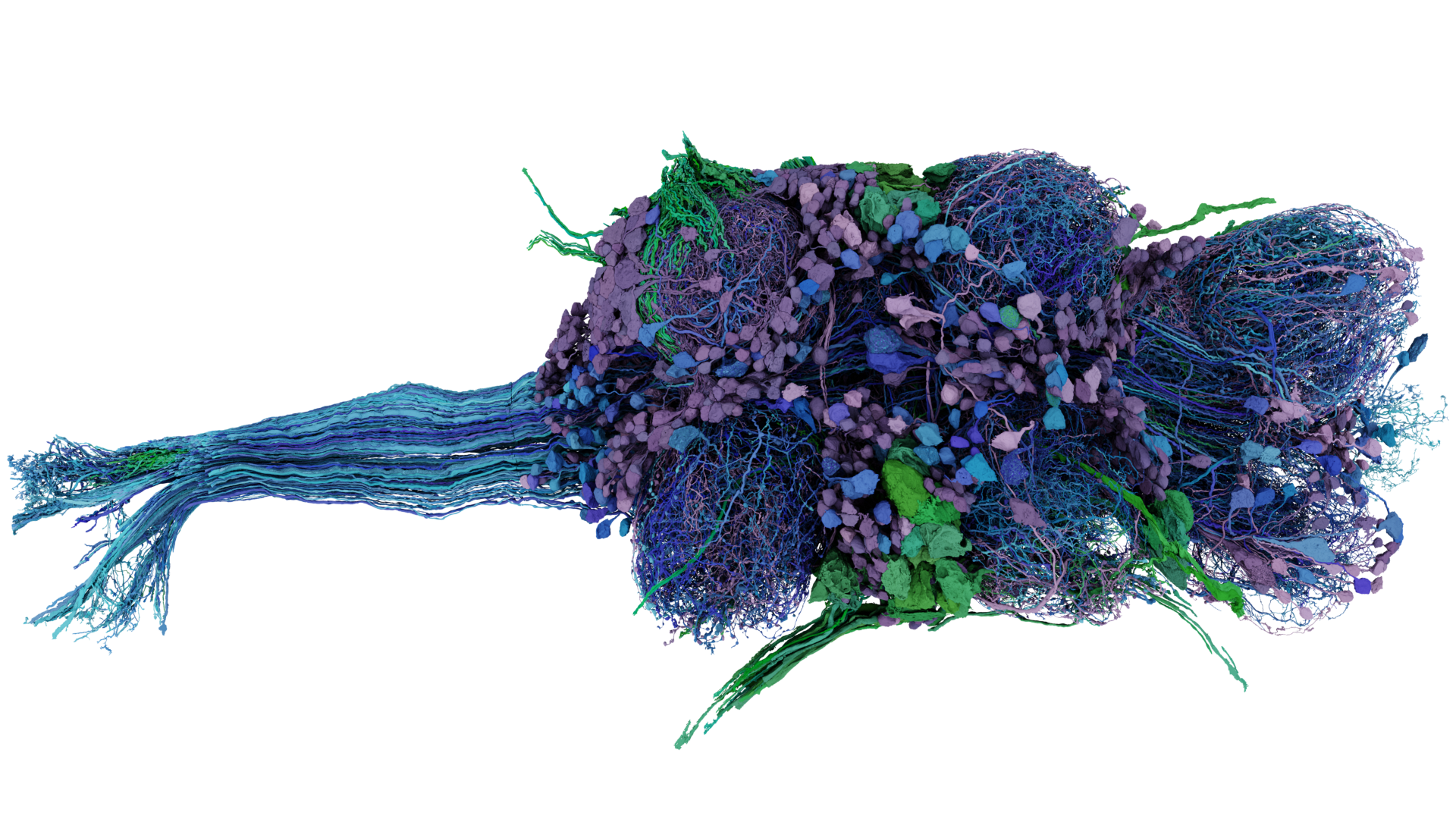
Summary: Some nerve cells circuits for colour vision are uniquely human, shows a new study led by Yeon Jin Kim and Dennis Dacey from the University of Seattle Washington, and including Save Sight researchers Ulrike Grünert and Paul Martin. Using a fine-scale electron microscopic reconstruction method, they compared the connections of colour-coding receptor cells in the retinas of humans with two species of non human primates (macaque and marmoset monkeys).
They discovered that a short-wave sensitive (“blue”) cone circuit in humans is absent in marmosets, and is also different to the circuit seen in macaque monkey. The distinct connections of human retina may indicate recent evolutionary adaptations for sending enhanced colour vision signals from the eye to the brain. The study was published this week in the Proceedings of the National Academy of Sciences of the USA.
Significance statement: Do humans and monkeys see colours the same way? In a collaboration with University of Washington in Seattle, Save Sight Researchers compared connections of colour-transmitting nerve cells in the eyes of humans and two monkey species. They found that nerve cells signalling short wavelengths (blue colours) in humans have connections that are absent in monkeys. The results imply that humans could perceive a greater range of blue tones than monkeys do.
From UW Medicine Newsroom

